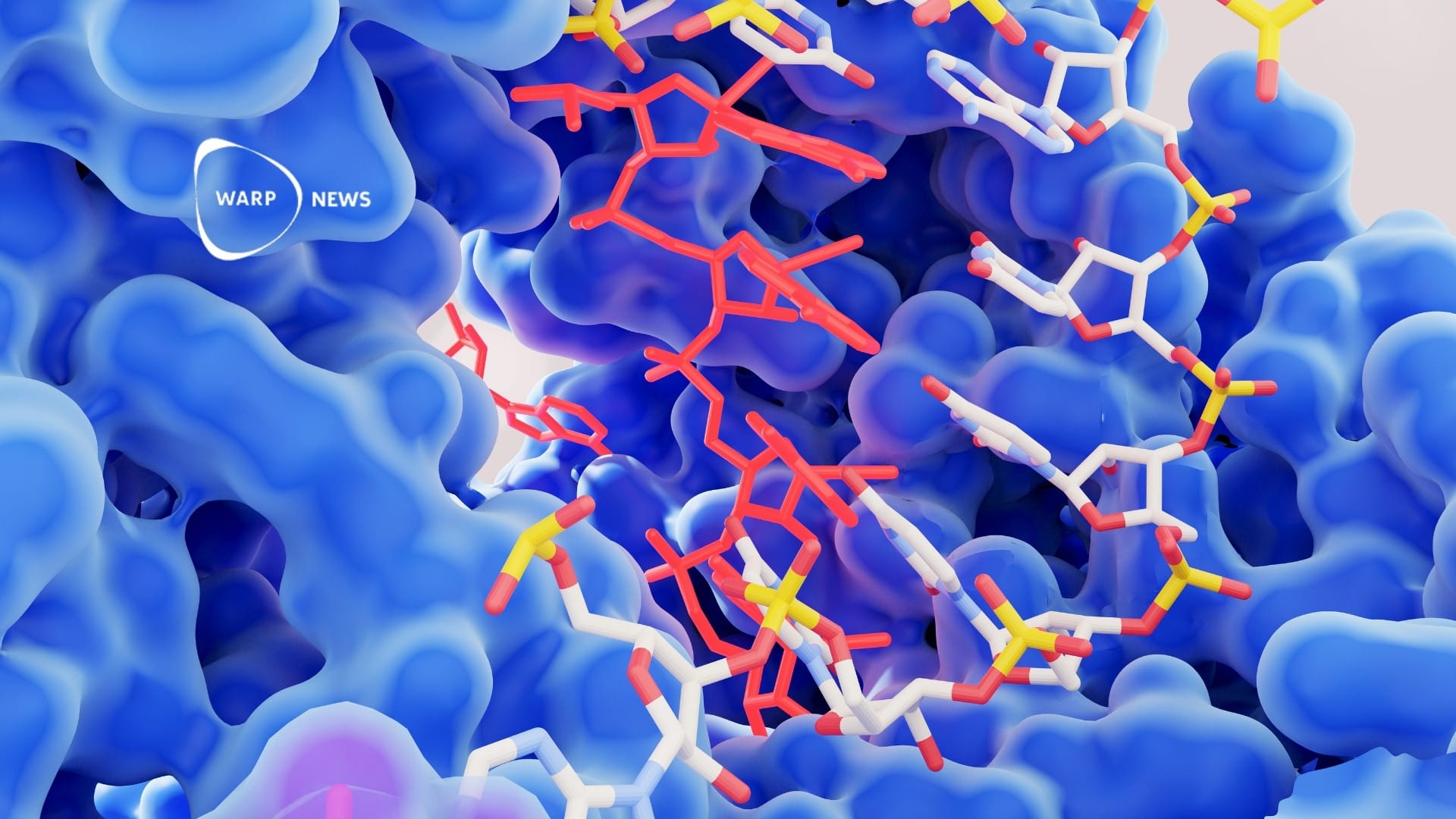
🥓 There's a new meat in town
Not ready to give up on meat yet? Don't worry, there are many options. Sustainable meat, fake meat, cultured meat: technology offers healthy and climate-friendly "meaty" alternatives in the plant-based diet of the future.
Share this story!
In a previous article, we saw how beneficial switching to a flexible diet with less meat-based on vegetables and cereals could be.
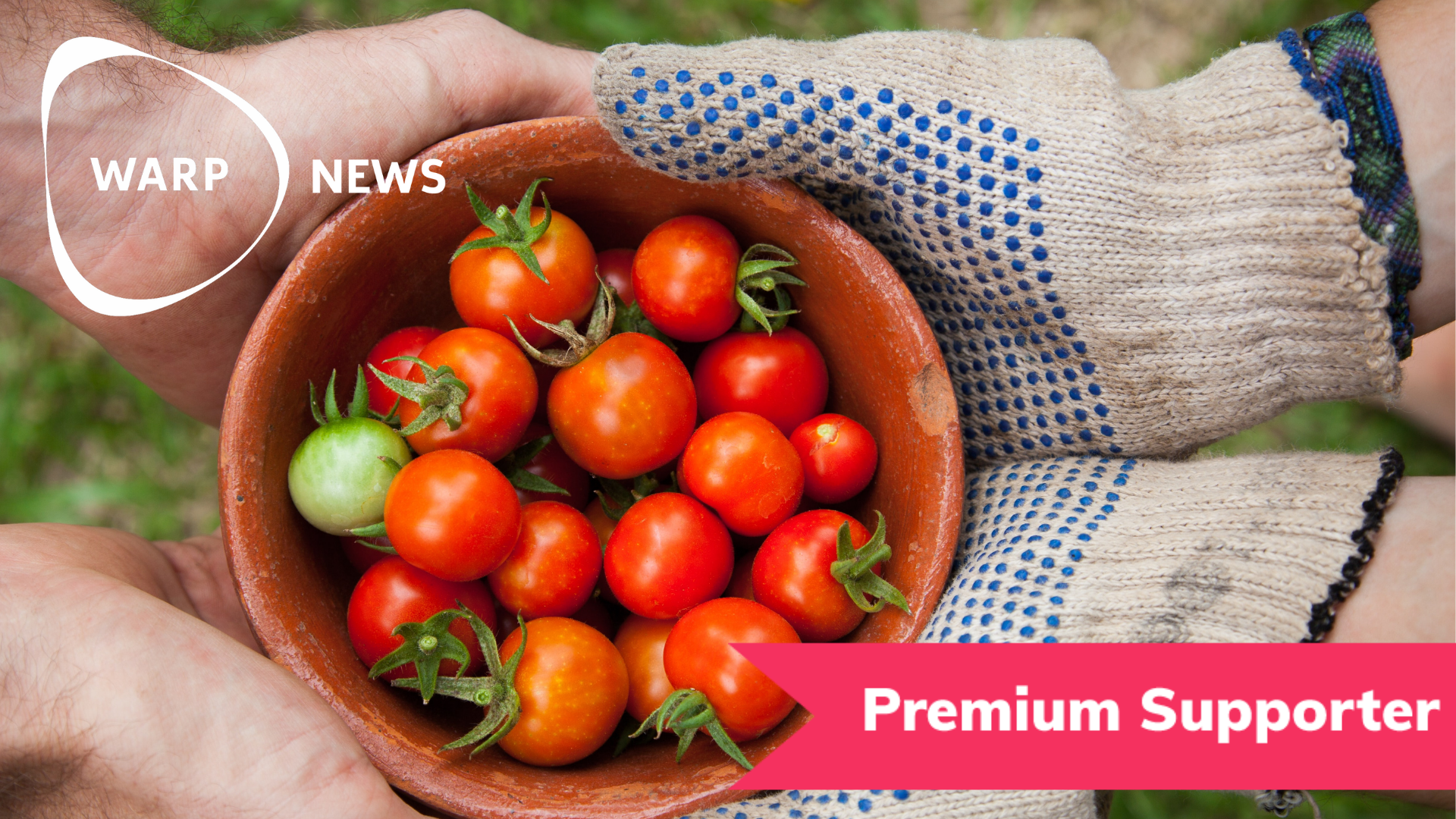
The key take-aways were:
- A plant-based diet could improve our health by reducing malnutrition, obesity, cardiovascular problems, and cancer.
- Eating more greens can also reduce our environmental footprint by dropping emissions up to 23 kg CO2 every week. And it does not even have to cost more.
In addition to the practical aspects of eating meat, meat is also closely linked to our personal preferences and the pleasure of eating.

Let's be fair; meat tastes great. It also has a unique consistency and texture. Transitioning into a more plant-based diet will work just fine. Yet, the question remains: Should we deprive ourselves of this delicious - although unhealthy, impactful, and unethical - food in the future?
This article will explore all the possible alternatives for meat, both already existing and future ones, from fake meat to cultured meat and even meat obtained from yeast.
What fate awaits meat?
While it's very likely for highly processed red meat to be eliminated from our diets, it will not be necessary to abandon the excellent taste of meat altogether.
First, we might want to choose to favor sustainably produced meat. Meat becomes sustainable if it's made naturally, avoiding chemically modifying the composition of the meat, as is the case with processed meat today. Another partial solution is to consume zero miles products, making an even more significant difference for the environment.
So, it's very likely that we will continue to enjoy local meat produced sustainably, thus maintaining a flexitarian diet. Being flexitarian means preferring a vegetarian diet with temporary exceptions and flexibility, which may be the right solution for a smooth transition.
❗46 percent of EU consumers have significantly reduced their meat consumption in the last few years.
Furthermore, many projects are trying to produce meat (especially red meat and burgers) in alternative and even more climate-friendly ways, following different research lines.
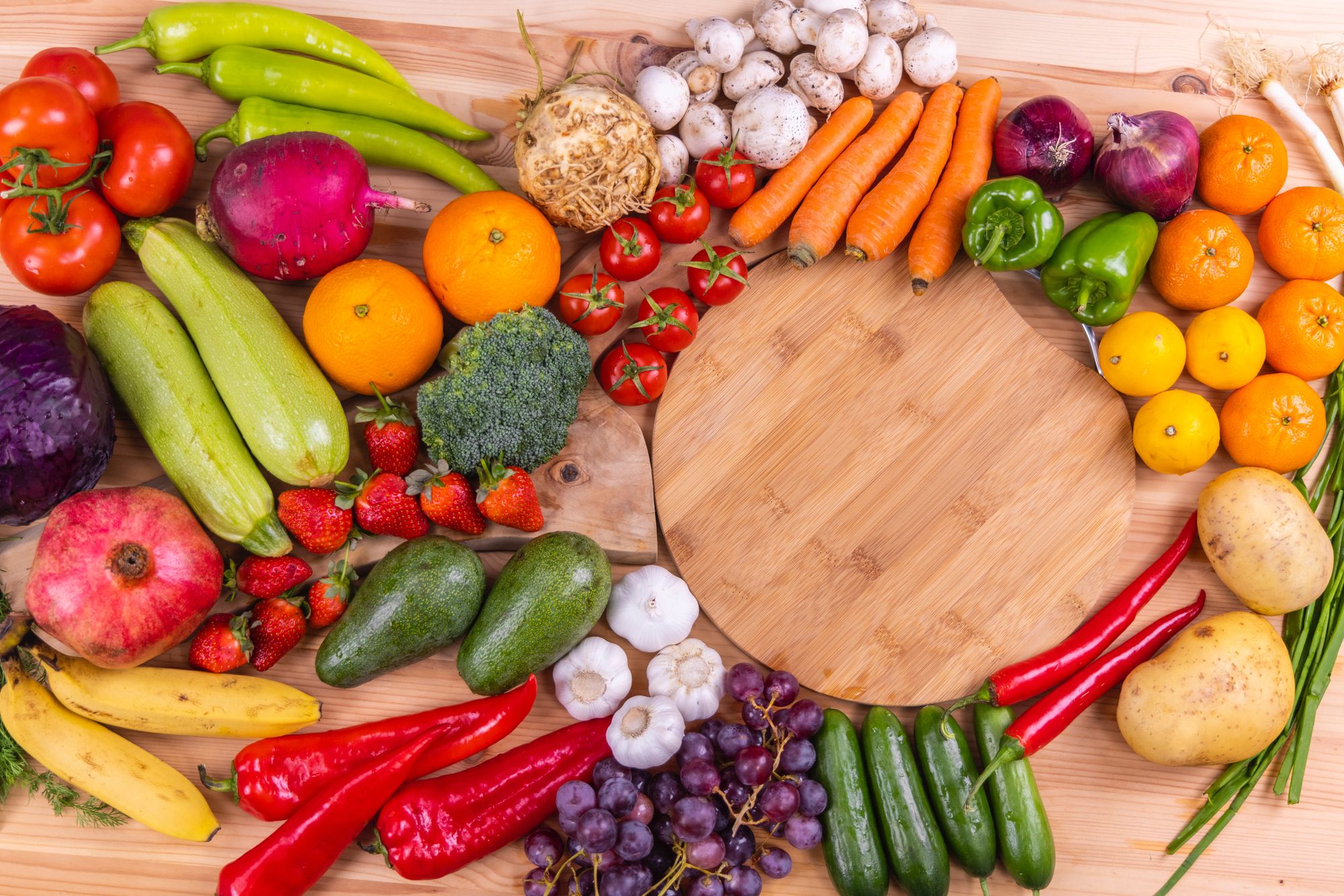
Chopped vegetables taste like meat
The first viable alternative is fake meat, an essentially plant-based replica available in stores and restaurants. Fake meat is obtained from a wide range of vegetables, then minced, combined, and processed to achieve the meat's flavor, consistency, and texture.
A famous example is the Beyond Burger, obtained by trying to reproduce the meat properties in the following way:
- a combination makes the protein requirement of peas and brown rice
- animal fats are reproduced thanks to coconut and canola oil
- carbohydrates and the texture is made by inserting potatoes starch and methylcellulose
- nutrients are produced by adding minerals such as calcium, iron, salt, and potassium chloride
- and for finally reproducing the taste and look of meat, beet juice, and apple extract are inserted
❗A life Cycle Analysis (LCA) conducted by the University of Michigan showed a significant reduction in environmental impact: 90 percent fewer gas emissions, 93 percent less land required, 99 percent less water used.
Similar results in environmental terms are shown by another fake-meat attempt: The Impossible Burger.
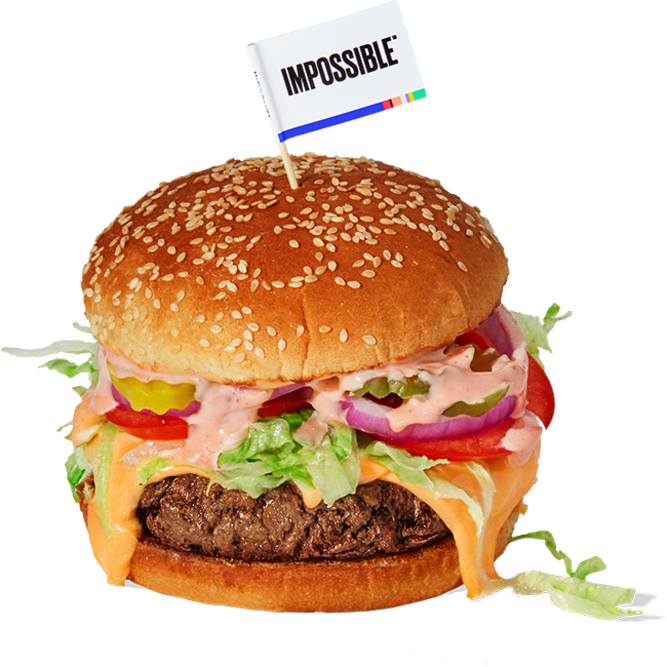
accurately reproduce the unmistakable "meaty" bite and aroma
The Impossible team raises an important question: What if we reproduce meat flavor and texture too accurately? Won't we end up with the same health problems as real meat causes?
From the results of their studies, the answer seems to be no: the molecule called heme, responsible for the "meaty" flavor in the burger, is not directly linked to cardiovascular disorders and cancer.
Moreover, the Impossible burger shows fascinating results concerning nutritional intake: it contains a certain quantity of good dietary fiber not present in animal meat and no cholesterol. And it has the same amount of protein and saturated fats, equivalent or more significant amounts of micronutrients than regular beef.

Laboratories as meat cultivation fields
But, as the term fake-meat itself says, if you are addicted to the typical bloody taste of cooked meat, the plant-based one will not be able to give you this sensation.
But don't worry, a technology in progress will also overcome this challenge: cultured meat.
The idea is exciting: first, you perform a small biopsy of animal cells while the animal is under anesthesia (therefore without suffering) and then let them grow in a laboratory. Provide the cells with a growth scaffold and the necessary nutrients (such as carbohydrates, amino acids, etc.), then place it all in a bioreactor that controls temperature, pressure, and other vital characteristics.
If the procedure works well, it's possible to recreate non-GMO, non-fake perfectly, but actual muscle fibers. The same that originate inside the animal during its growth.
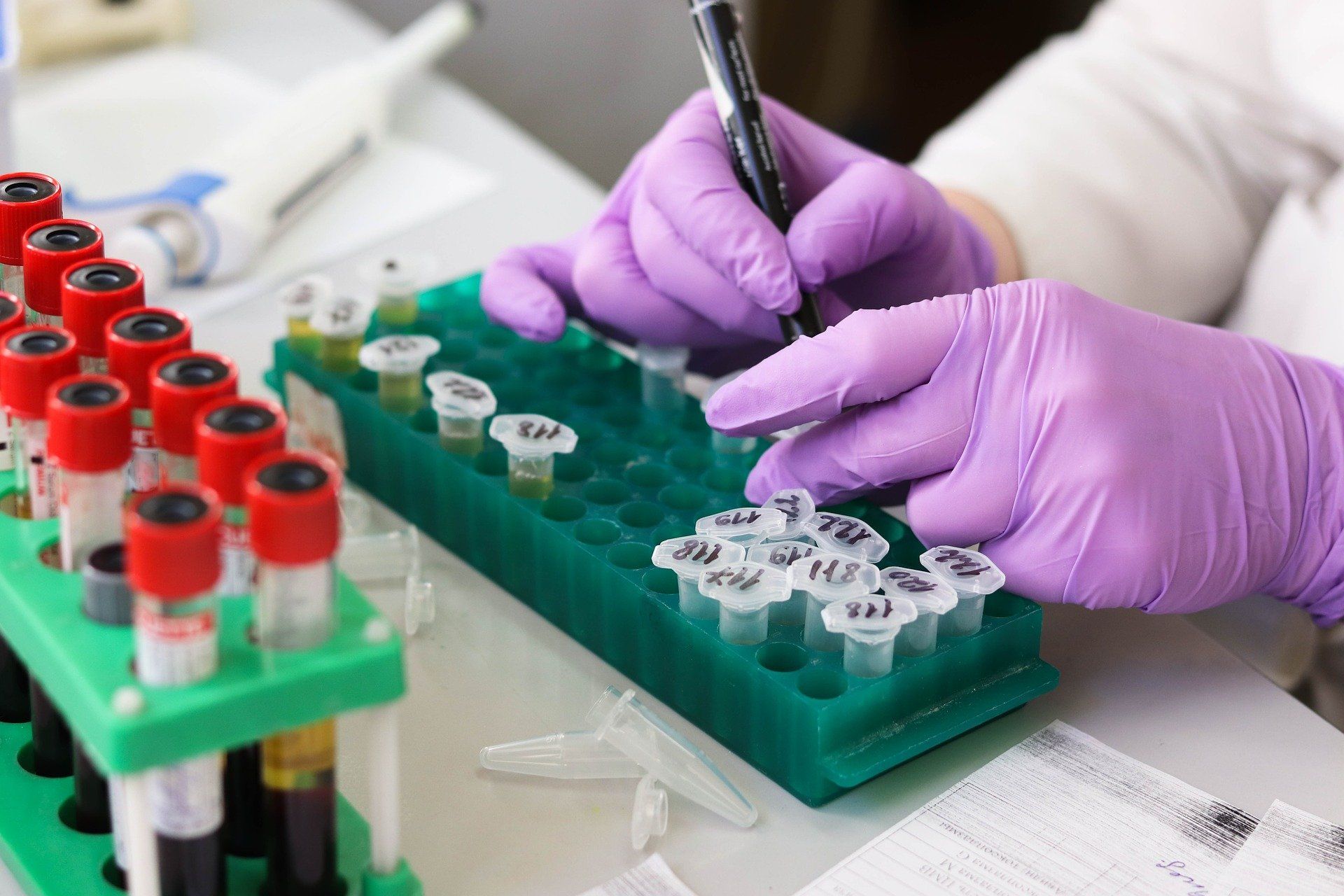
The environmental impact, of course, is small from all points of view, requiring only a tiny livestock fraction.
It might sound like science fiction, but the first example is already on the market. Singapore recently approved the sale of chicken eggs by Californian start-up Just Egg, produced by growing cells in the laboratory.
And a lot more companies are investing in this field, many of which have already built pilot plants and are expected to enter the market this year.
Let's see how it works in practice using data provided by the Dutch company Mosa Meat, one of the most advanced companies in the field.
The research team at Mosa Meat carefully analyzed the growth of muscle fibers in the animal to remodel its laboratory characteristics ideally. To give the meat the correct texture and color, they selected target-specific meat proteins with a very different structure than plant-based ones. Moreover, they tried to reproduce the exact fat fingerprint to reproduce the bloody meat taste, as seen in the image below.
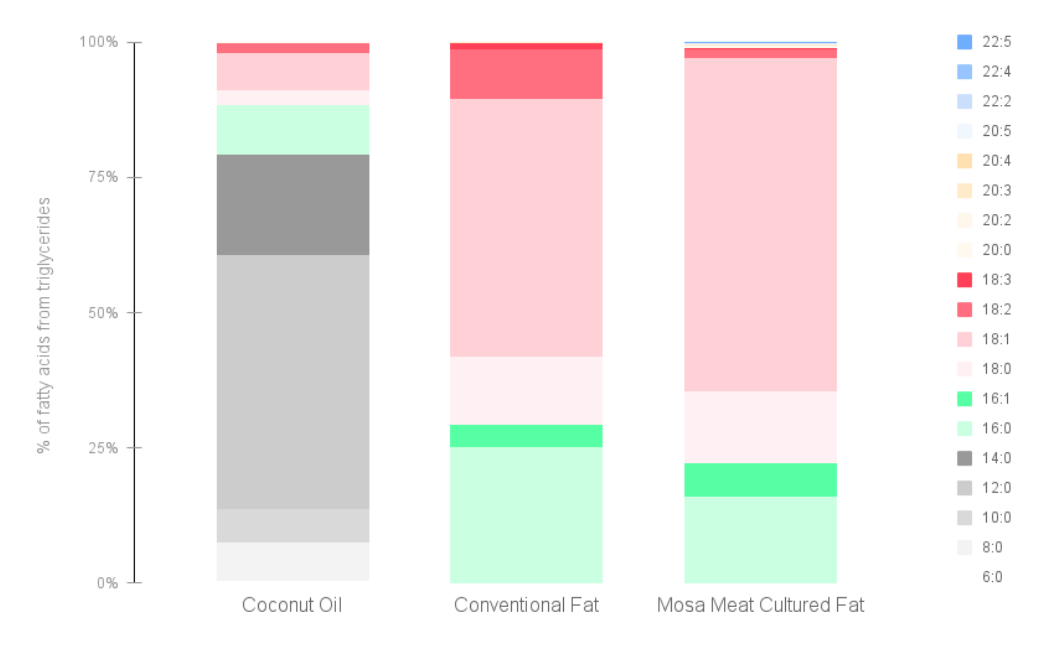
The first burger produced cost $ 250,000, but the goal is to offer the market a burger for just $ 9.
Another alternative involves reprogramming yeast cells to produce animal fat.
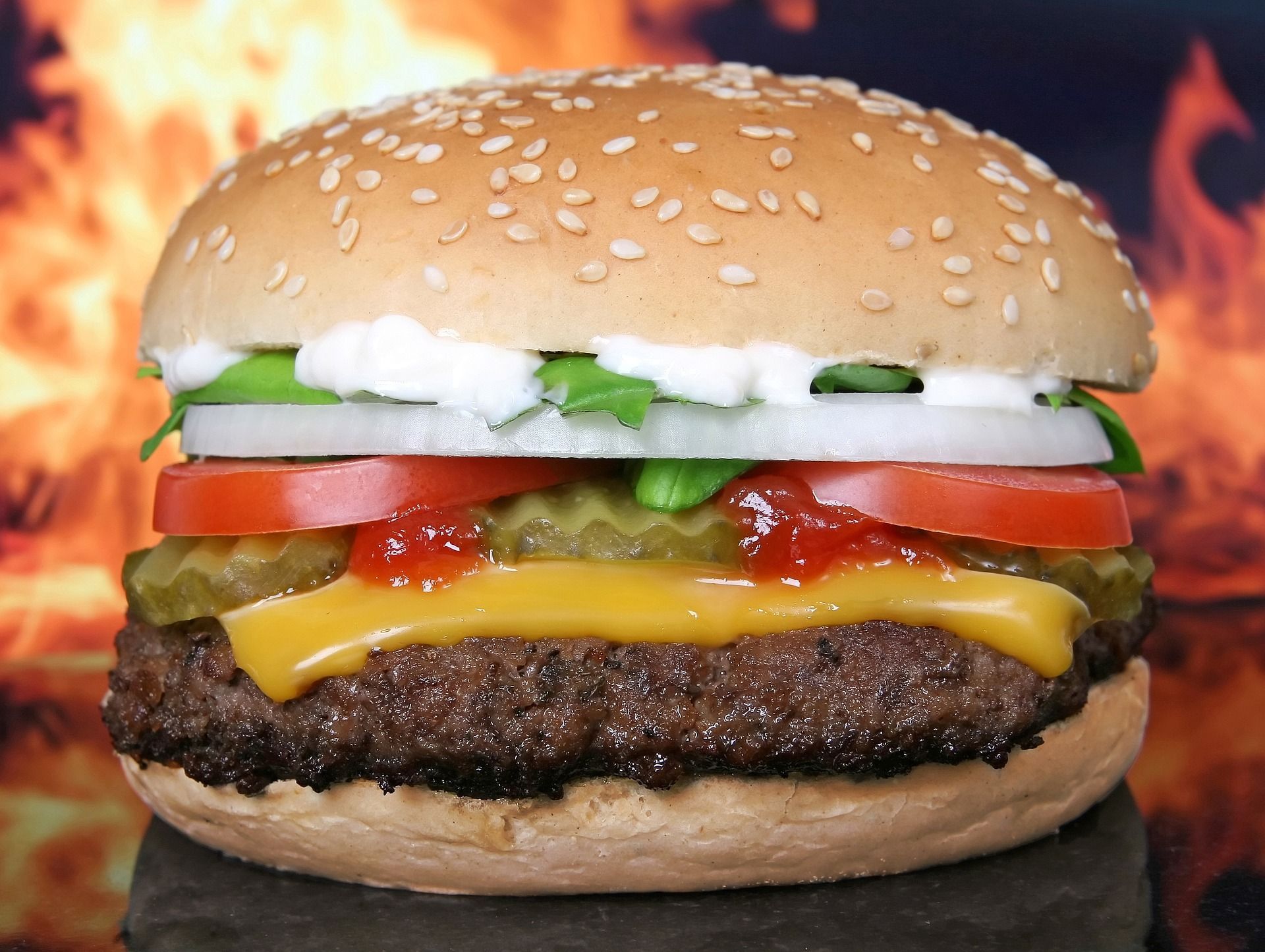
As you can see, achieving a plant-based diet with an excellent nutritional balance appears to be more of a cultural than a technological issue, with some great alternatives already available and others within reach very soon.
The future of food seems to lie in an overall more flexible vegetarian diet - without giving up on meat altogether.
By becoming a premium supporter, you help in the creation and sharing of fact-based optimistic news all over the world.

